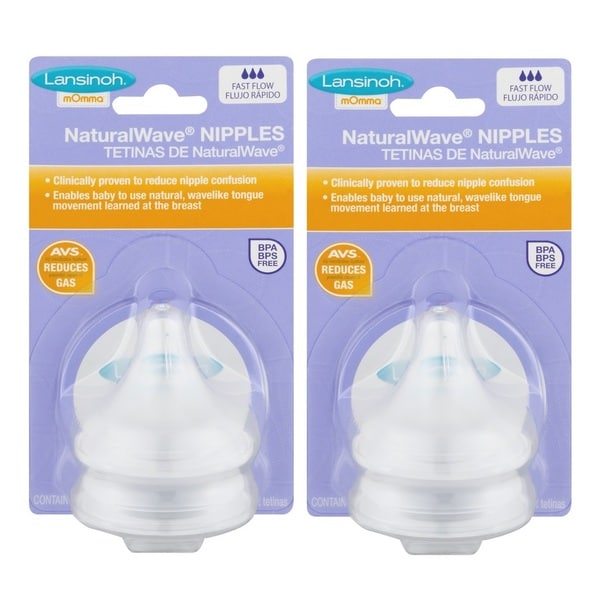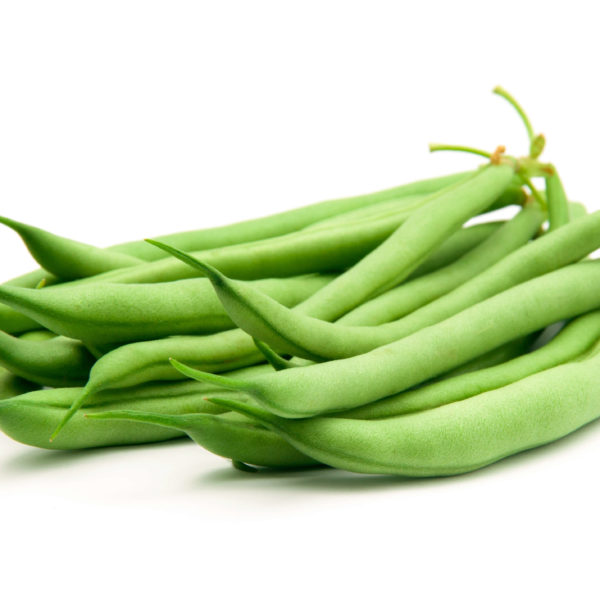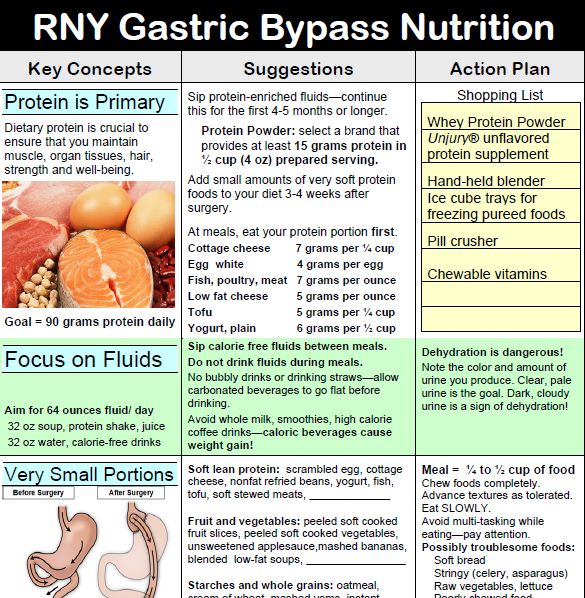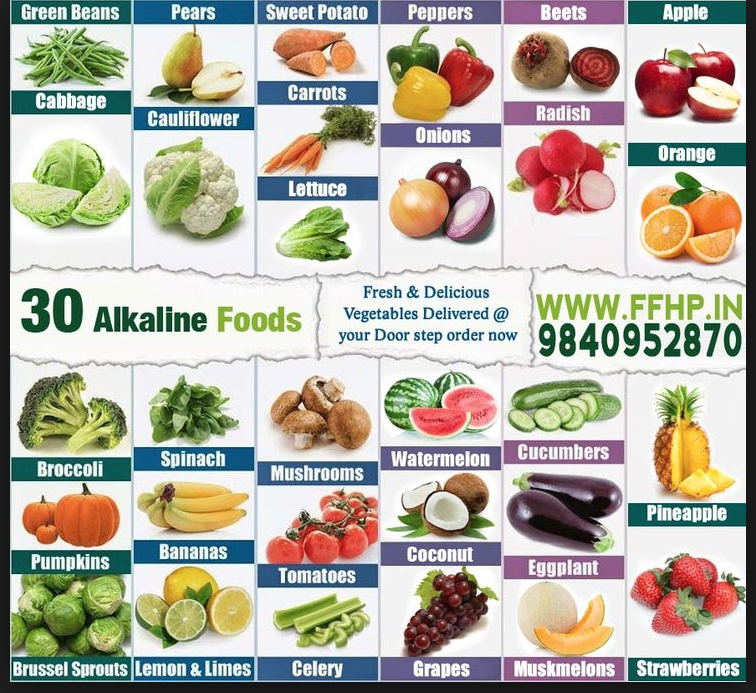When can i start my baby on finger foods
Giving Baby Finger Foods at 7-8 Months
Written by Rebecca Felsenthal Stewart
In this Article
- Month 7, Week 3
- Month 7 Week 3 Tips
Month 7, Week 3
Once your baby is a pro at eating soft mashed foods, they may be ready to move on to finger foods around 8 months. They have the dexterity to pick the food up and release it or mash it, and will become more efficient and independent as they master the pincer grip around 9 months. At that point they'll be able to use their thumb and forefinger to pick up the small chunks of food.
Your baby may grab at everything on your plate, but follow these guidelines for healthy and safe feedings.
- Start with menu items like pieces of soft cheese; small pieces of pasta or bread; finely chopped soft vegetables; and fruits like bananas, avocado, and ripe peaches or nectarines. These foods should require minimal chewing, as your baby may not yet have teeth. Do NOT let them have hot dogs, raw vegetables, nuts, meats, hard candy, or sticky textures such as nut butters that have increased choking risks at this stage.
- Introduce new foods one at a time in case there are any concers about allergies.
- Chop all foods into soft, bite-sized pieces, 1/2 inch or smaller.
- Watch out for choking hazards: Avoid round, firm foods like carrots, grapes, and hot dogs and skip anything like raw veggies and peanuts. Raisins and popcorn are dangerous for babies.
- Keep up your formula or breastfeeding schedule, but as your baby eats more solids, they’ll naturally start to take less milk. Your baby needs to start eating more solids and drinking less milk for the nutritional value at this stage.
Your Baby's Development This Week
Your baby is getting stronger and may even be moving around, whether they are sliding around on their belly in reverse, scooting on their behind, or actually crawling forward. If you haven’t childproofed your house already, don’t wait any longer!
You may notice these growing signs of motor development:
- Your baby is probably now able to sit on their own for several minutes, without using their hands for support and they may be able to get up into a sitting position all by themselves.

- While you offer them support, they should be able to bounce up and down, and possibly even pull up to a stand.
- Their little hands are increasingly agile -- they are getting better at passing a toy back and forth from one to the other.
You might wonder about:
- Their vision. Your baby should be able to see nearly as far as an adult by now and can track moving objects with their eyes.
- Stranger anxiety. You’re not imagining it: They may fear new people and situations. So give them time to warm up and reassure them if they are upset.
- What they can understand. Your baby might comprehend more than you realize, so it’s important to keep talking to them about everything you’re doing and try to be consistent about the words you use for familiar objects.
Month 7 Week 3 Tips
- If food allergies run in the family, talk to your pediatrician about introducing highly allergenic foods like peanuts and eggs.
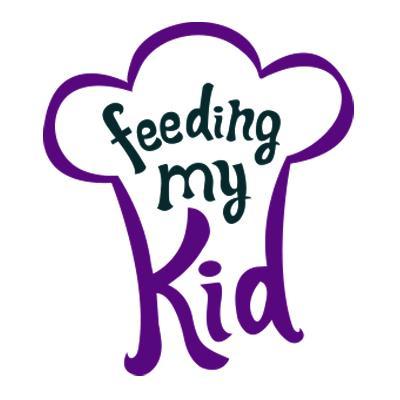
- Fried foods are not good choices for babies. If you offer them at all, do so rarely.
- Avoid feeding your baby juice unless it is fresh-squeezed.
- By now, your baby’s diet should include grains, fruits, vegetables, and meats, and they should be eating two to three meals a day.
- In addition to rice, barley, or oat cereal, you can introduce grain products your baby can grab, such as toast, crackers, and dry cereal. Avoid any colorful, sugary cereals.
- Sit baby in their high-chair for feeding time. If they eat finger foods while crawling around, they are more likely to choke.
- You’re not done with breast feeding or bottle feeding. Your baby is starting the transition, but breast milk and formula are still key.
- Pureeing or mashing vegetables may make them easier for your baby to eat when they are first transitioning from a liquid diet to solids.
When babies can start finger foods and the best finger foods for babies
- Community
- Getting Pregnant
- Pregnancy
- Baby names
- Baby
- Toddler
- Child
- Health
- Family
- Courses
- Registry Builder
- Baby Products
Advertisement
Between the ages of 8 and 12 months, your baby will start practicing their pincer grasp, allowing you to add finger foods to their diet. Introducing a wide variety of foods will set your baby up for a lifetime of healthy and adventurous eating. Giving small pieces that are soft enough to easily chew will reduce the risk of choking. Try giving your baby O-shaped cereal, cubes of cheese, diced fruit and roasted vegetables, and bite-sized pieces of soft-cooked meat.
Introducing a wide variety of foods will set your baby up for a lifetime of healthy and adventurous eating. Giving small pieces that are soft enough to easily chew will reduce the risk of choking. Try giving your baby O-shaped cereal, cubes of cheese, diced fruit and roasted vegetables, and bite-sized pieces of soft-cooked meat.
Photo credit: Thayer Allyson Gowdy for BabyCenter
Eating finger food is fun for your baby, and an important step toward independence that also helps them develop their fine motor skills and coordination. Any bite-size, easy-to-eat piece of food that your baby can pick up and eat on their own qualifies as finger food. Ready to make this leap in your baby's solid food journey? Here's what you need to know.
When to give your baby finger foods
Your baby will be ready for finger foods around 9 months old, when they can grab things and bring their hands to their mouth. They'll let you know they're ready, too – by grabbing the spoon you're feeding them with or snatching food off your plate. By the time your baby is 12 months old, they'll be skilled at picking up food and putting it in their mouth.
By the time your baby is 12 months old, they'll be skilled at picking up food and putting it in their mouth.
Some parents introduce finger foods at 6 months using the baby-led weaning technique, where you skip the spoon-feeding phase and let your baby feed themself soft finger foods. If you're interested in this method, learn more about BLW and the best baby-led weaning foods.
Don't worry if your baby won't eat finger foods at first. If they seem to be struggling to feed themself, they may just not be ready yet, in which case give it a week or so before trying again.
Or they may need more time to get used to new textures. You may have to try many times before your baby accepts a new kind of food, and that's normal.
It's also normal for your baby to gag when first starting finger foods. Gagging is a natural reflex that helps prevent choking, and it also helps babies learn how to chew. Don't panic if your baby gags; let them work it out themself and keep an eye on them to be sure they aren't choking.
Starting finger foods
To help ease the transition between purees and finger foods, give your baby flavors they're already familiar with – try pieces of very soft, ripe banana if they like banana puree, or well-cooked pieces of sweet potato if they've enjoyed sweet potato puree before.
Start by scattering four or five pieces of food onto your baby's highchair tray or plate during a mealtime. Add more pieces of food as your baby eats them. Feed your baby in a highchair rather than in another place – such as a car seat or stroller – to reduce the risk of choking.
Early on, your baby may just rake food into their hand and bring it to their mouth, but eventually, they'll master the pincer grasp and use their thumb and forefinger to pick up food.
Advertisement | page continues below
Your baby may have a good appetite, but they probably don't have many teeth, so start with foods that they can gum or that will dissolve easily in their mouth. As they grow into a toddler, they'll get better at handling various foods. You'll soon be able to serve them bite-sized pieces of whatever you're eating.
You'll soon be able to serve them bite-sized pieces of whatever you're eating.
The best finger foods for babies
Not sure what finger foods to start with? Here's a list of favorites:
- O-shaped toasted oat cereal or other unsweetened cereal
- Long strips of lightly toasted bread or bagels (spread with vegetable puree, nut butter, guacamole, or hummus for extra nutrients)
- Slices of banana or other very ripe peeled and pitted fruit, like mango, plum, pear, peach, cantaloupe, or seedless watermelon
- Small cubes of tofu
- Well-cooked pasta spirals, cut into pieces
- Small chunks of soft cheese
- Chopped hard-boiled or scrambled egg
- Mashed, stewed prunes
- Small pieces of well-cooked vegetables, like carrots, peas, zucchini, potato, or sweet potato
- Steamed apples or carrots cut into long, thin strips
- Small, well-cooked broccoli or cauliflower "trees"
- Pea-size pieces of cooked chicken, ground beef or turkey, or fish
- Well-cooked beans
During those first several months of eating solid foods, your baby is learning about food's texture, color, and aroma as they feed themself.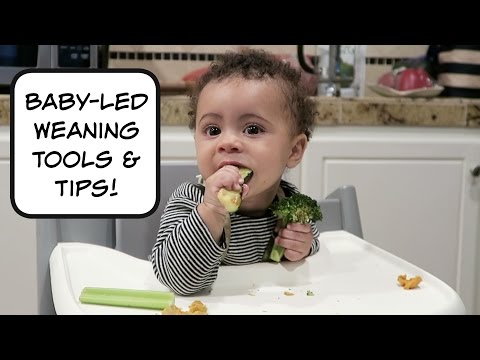 Offering a variety of foods can help establish healthy eating habits early on. Avoid giving foods that have added sugar, like cookies and cake, as well as high-sodium foods, since they're not healthy for your little one.
Offering a variety of foods can help establish healthy eating habits early on. Avoid giving foods that have added sugar, like cookies and cake, as well as high-sodium foods, since they're not healthy for your little one.
Don't give your baby uncut round foods like grapes and blueberries, large chunks of meat, or globs of nut butter – these can be choking hazards. Hard fruits and vegetables, such as raw carrots or apples, can be cooked until they're soft and served in long strips to reduce the choking risk. For more information on how to avoid choking hazards – and what to do if your baby does start gagging or choking – check out BabyCenter's premium Infant CPR and Safety course.
Experts encourage parents to introduce potentially allergenic foods (like peanuts, fish, and soy) with other solid foods. Early and regular exposure may reduce your baby's risk of developing an allergy, and there's no evidence that waiting to introduce these foods will prevent allergies. If you're concerned that your child might have an allergy to certain foods – for example, if your baby has chronic eczema or if a sibling or parent has a food allergy – talk to your pediatrician.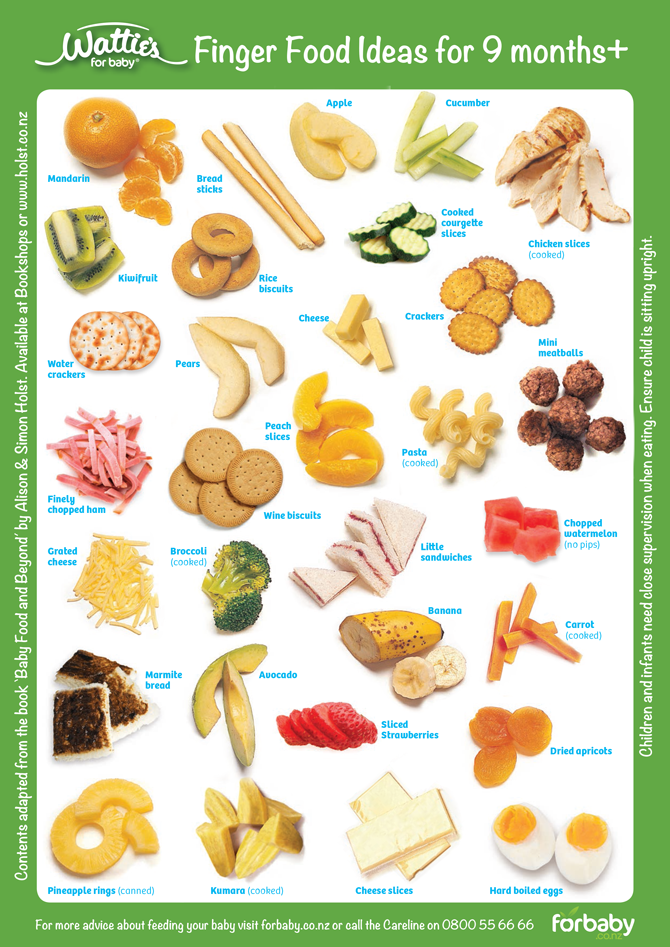 Otherwise, introduce these foods one by one and keep an eye out for an allergic reaction.
Otherwise, introduce these foods one by one and keep an eye out for an allergic reaction.
Mary Sauer
Mary Sauer is a freelance parenting and health writer living in Kansas City. She is a mom of four and loves to hike with her kids, read, and knit. Cooking a complicated meal her kids probably won't eat is one of her favorite pastimes.
Eating with your hands and not getting fat: a new trend in baby feeding - Parents.ru
About nutrition
- in fact, it is a continuation of pedagogical complementary foods - a trend that appeared in Russia relatively recently, but has already become widespread. What it is? Pedagogical complementary foods are not an independent complementary feeding system in its traditional sense (it does not contain specific recommendations regarding the sequence of introducing products and their combinations), but a way to introduce a child to “adult” food and table behavior skills. He implies that if the baby shows interest in food on her mother’s plate, she should offer him this food in the amount of a “microdose” (a droplet on the tip of a teaspoon or a piece the size of a pea) without prior grinding.
 The main slogan of pedagogical complementary foods is: "Put the child at the common table when the whole family is together, and let him choose what he likes."
The main slogan of pedagogical complementary foods is: "Put the child at the common table when the whole family is together, and let him choose what he likes." Why
Children eat with their hands more conveniently and “tastier” than cutlery, which is why they do it with pleasure. But finger food is not just entertainment: there are many advantages to eating with your fingers.
-
Improving the ability to chew. It does not happen that up to a year the baby received only breast milk, and then suddenly began to chew the pieces wonderfully. The baby learns to chew gradually, so it is very important not to miss the age stages of this skill and offer solid foods in a timely manner.
-
Grasping exercises. By eating with his hands, the child masters the "tweezer" grip (children grab small pieces of food using the thumb and forefinger), which is necessary for the development of fine motor skills. In the future, this will help them perform many exercises in which they need to be able to capture small objects: lay out a mosaic, sculpt, draw, embroider.
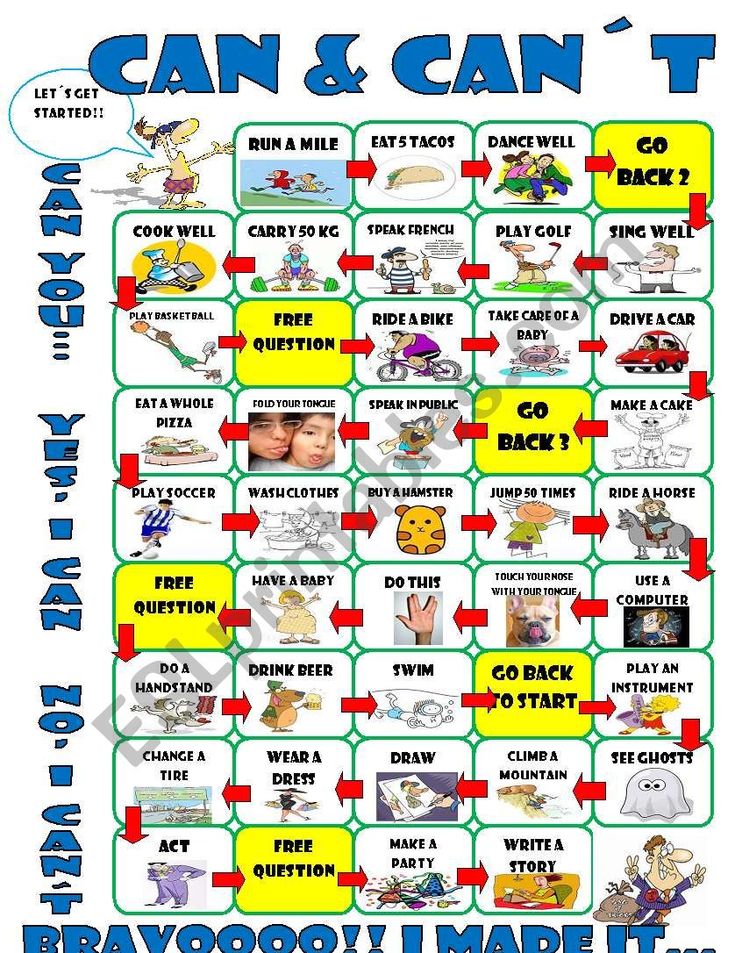 In addition, the development of a "tweezer" grip prepares the child's hand for writing.
In addition, the development of a "tweezer" grip prepares the child's hand for writing. -
Correction of eating behavior. By the age of two, it has already been formed in some way, and if before the diet was scarce and monotonous, when accustomed to the “adult table”, the baby may reject new foods. "Finger food" - first from mom's plate, and then from your own - will help the child to harmoniously move on to a common meal.
-
Way of knowing the world around. Eating with hands at an early age has a positive effect on child development in general: the baby receives a lot of information - visual, tactile, olfactory, gustatory and even auditory (foods come in different colors, tastes, textures - they can crunch, squish, etc.). This is very useful: in addition to the fact that the child learns to be independent, he also conducts a kind of identification of dishes on the table.
-
- Photo
- Compassionate Eye Foundation/Three Images/Getty Images
- Photo
- Kumacore/Getty Images
-
Do not breastfeed your baby: the risk of choking is much lower if the baby is seated across from you in a high chair.
-
Do not offer food to your baby when he is upset, overexcited, crawling or watching TV: small pieces of food are potentially dangerous - they can easily be put into the nose or ear, and also try to inhale.
 Never leave a child unattended while eating!
Never leave a child unattended while eating! -
For the same reason, do not give him small dense rounded foods: grapes, nuts and raisins, green peas, olives. Cut vegetables and fruits of a dense texture (apples, cucumbers, carrots, celery) into small sticks.
-
Discard fish: small, thin and elastic bones are very difficult to remove from it.
-
Forget sausages and sausages: they are very hard to chew and swallow.
-
If you use a nibbler, make sure the nets are intact and clean. And, of course, be sure to wash your hands before eating - both children's and your own.
- Photo
- Yiu Yu Hoi/Getty Images
-
Vegetables.
 They must be cooked so that they are soft, peeled and de-seeded. Diced boiled potatoes are a great food to eat with your hands. Small soft cubes of boiled carrots, broccoli, pumpkins are also perfect for a child up to a year old. A treat for older kids: slices of cucumber or sweet pepper - these vegetable sticks are conveniently dipped in various sauces.
They must be cooked so that they are soft, peeled and de-seeded. Diced boiled potatoes are a great food to eat with your hands. Small soft cubes of boiled carrots, broccoli, pumpkins are also perfect for a child up to a year old. A treat for older kids: slices of cucumber or sweet pepper - these vegetable sticks are conveniently dipped in various sauces. -
Fruit. Small cubes of watermelon, melon, ripe banana, pear will do. Cut them into small plates or sticks to make it easier for the baby to bite off.
-
Everything else. Also, soft pasta (tubes, horns, shells, bows), egg yolks from quail eggs and small pieces of soft cheese (tofu, goat or mozzarella), steamed meatballs, pieces of chicken or turkey fillet will be useful and perfect for eating with your hands . Cut pancakes into thin strips - you can dip them directly with your hands in yogurt, sour cream or fruit puree.
- Don't force me.
As Gonzalez writes, "The truth is that children don't grow because they eat. They eat because they grow. Those who become tall and broad-boned always eat more than those who are short and thin." That is, we cannot know for sure how much a child really needs at a particular moment. - Don't worry if your child is not eating.
Doesn't want to eat now - will come back later.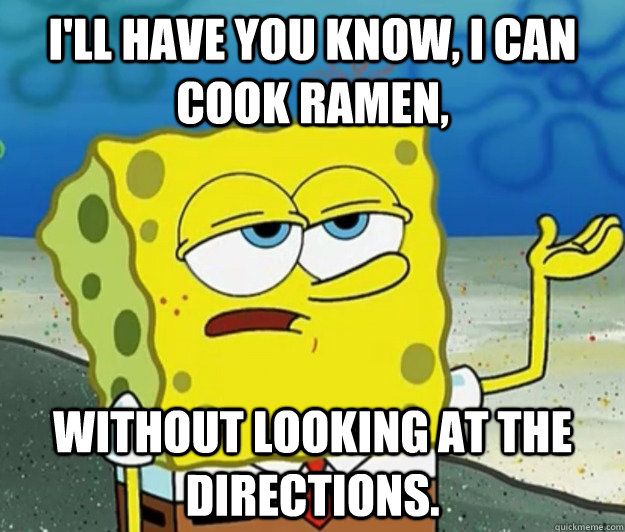 And if not, then he doesn't need it. Therefore, the best solution is to shift your attention to other more important tasks.
And if not, then he doesn't need it. Therefore, the best solution is to shift your attention to other more important tasks. - Involve your little one in the kitchen, do it together.
Invite your child to take part in cooking. Trust some simple assignments. From my own experience I will say: what the son had a hand in is eaten with special pleasure. - Make eating a family ritual.
Give your baby a separate seat at the table and eat together at the same time. We have a special children's growing chair. From a month we move to a common large table and simply adjust the seat for height. It is interesting and important for the son to be with us. - Less salt and pepper.
Try to limit the use of spices and sweeteners so that the child (and adults will also benefit) learns to recognize the original taste and enjoy, for example, even cauliflower eaten without any additives. - Green light for food games.

Food games within reasonable limits are also an experience! After all, a child learns the world through play. I allow (do not interfere) to scatter the ingredients of the dish around, eat with my hands / spoon / fork, sit on the table, eat from my plate, leave the table in the midst of the meal and return.And if we talk about restlessness, then up to three years (and sometimes later) this is normal. That's how little kids are. During periods of wandering back and forth, I catch zen.
- Don't get distracted.
During each reception, try to keep the process at the forefront. You can chat, joke, listen to music, but if something interferes, you need to remove it. It's better to turn off the TV. Because if adults can still somehow separate watching TV and eating food, then children become little zombies: they automatically put spoons in their mouths or completely forget. And then, already at a more meaningful age, they stop noticing gastronomic desires and needs.
Eat little, baby!
British scientists have proven that "eating with your hands" reduces the risk of obesity in a child.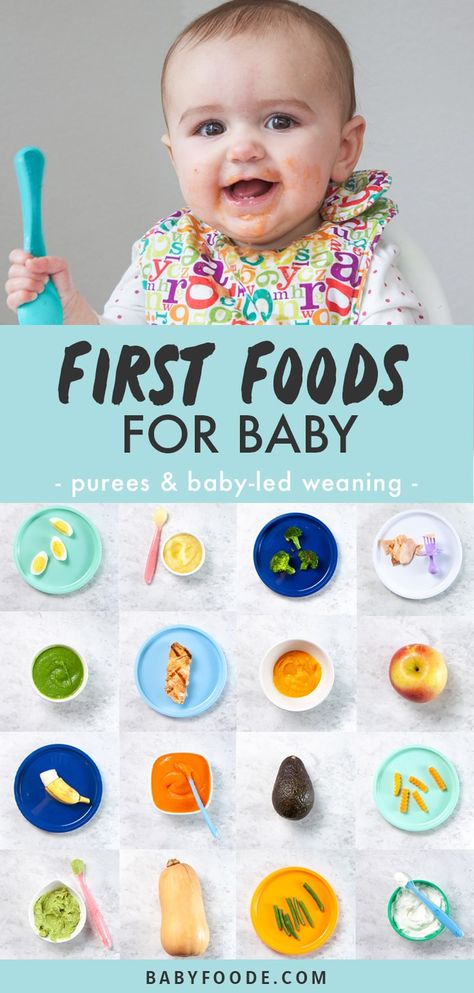 They conducted an experiment in which more than 150 children aged 6 months to 6 years took part. Half of the parents suggested that their children take pieces of solid food from the plate, the rest - fed from a spoon. The results of the study showed that children who joined the common table through finger food were less likely to suffer from overweight in middle and high school age. Domestic doctors do not quite agree with the conclusion of foreign experts: if the child is not persuaded and not blackmailed (“a spoon for mom, a spoon for dad”, “eat - I’ll give you candy!”), He, eating even with the help of cutlery, he will determine for himself the optimum amount of food to eat. The main thing is that high-quality and healthy products are always present on the children's plate.
They conducted an experiment in which more than 150 children aged 6 months to 6 years took part. Half of the parents suggested that their children take pieces of solid food from the plate, the rest - fed from a spoon. The results of the study showed that children who joined the common table through finger food were less likely to suffer from overweight in middle and high school age. Domestic doctors do not quite agree with the conclusion of foreign experts: if the child is not persuaded and not blackmailed (“a spoon for mom, a spoon for dad”, “eat - I’ll give you candy!”), He, eating even with the help of cutlery, he will determine for himself the optimum amount of food to eat. The main thing is that high-quality and healthy products are always present on the children's plate.
When
At what age can you give small pieces of food to a baby? As soon as the baby begins to sit confidently without assistance. It’s good if at 4.5 months, under strict parental guidance, he grinds a dry bagel or a piece of apple in a nibbler with his gums.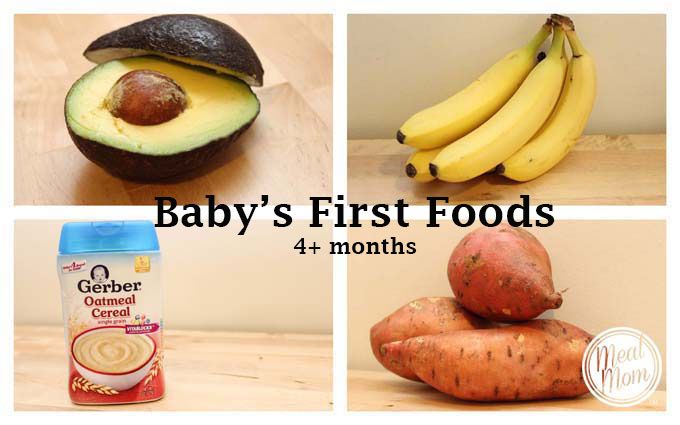 Do not forget that the consistency of the main complementary foods (porridge, mashed potatoes, etc.) should gradually become thicker so that the child has a need to work with his jaws, lips, tongue. Then you can reduce the degree of grinding: use a meat grinder, grater, fork. All this will gradually teach the baby to fully chew food. Usually, from 7 to 12 months, this skill is successfully formed, and at the age of one, if the child received pediatric complementary foods according to age, he may well be fed with food with his hands on his own.
Do not forget that the consistency of the main complementary foods (porridge, mashed potatoes, etc.) should gradually become thicker so that the child has a need to work with his jaws, lips, tongue. Then you can reduce the degree of grinding: use a meat grinder, grater, fork. All this will gradually teach the baby to fully chew food. Usually, from 7 to 12 months, this skill is successfully formed, and at the age of one, if the child received pediatric complementary foods according to age, he may well be fed with food with his hands on his own.
“Food with hands” is suitable for children from 7–8 months to 1.5 years. Then the child should make friends with cutlery and learn to get pleasant tactile sensations in other ways.
How many
Food with hands is always present in our diet, because bread, pies, chicken wings, khinkali, desserts like “oriental sweets”, and many other things we eat without cutlery .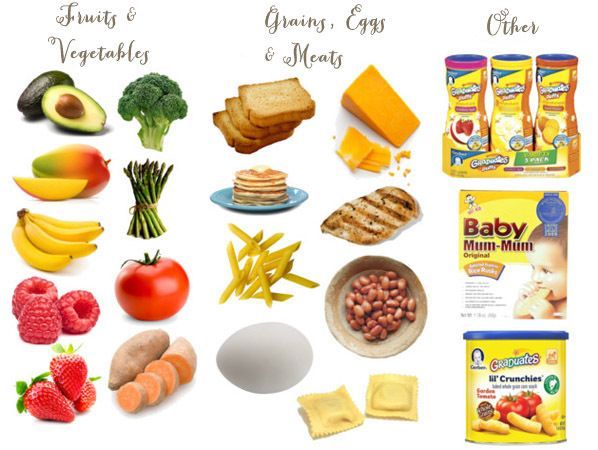 Therefore, there will always be finger food in the child's diet, and it is not necessary to artificially observe its volume. But it is necessary to accustom the baby to cutlery: at eight months he should eat with a spoon with his mother, and at 1.5 years old he should use cutlery on his own. It is both civilized and more hygienic.
Therefore, there will always be finger food in the child's diet, and it is not necessary to artificially observe its volume. But it is necessary to accustom the baby to cutlery: at eight months he should eat with a spoon with his mother, and at 1.5 years old he should use cutlery on his own. It is both civilized and more hygienic.
How to
Be patient: it is not easy to encourage baby food with your hands, because at first more of it will end up on the floor instead of your mouth. Cover the table with oilcloth and use a plate with a suction cup - it will be more difficult for your baby to knock it over. Also, special containers like lunch boxes with internal dividers are good for finger food: arrange the edible pieces in different sections, and let the baby explore their contents.
Safety Instructions
What
A good food to eat with your hands is one that can be broken into small pieces that are easy to chew or even dissolve in your mouth. The main thing is to make sure that the baby will not only be able to easily hold them in his hands, but also will not choke.
Arrange thick dips of different colors (yellow for cheese, green for spinach or avocado, red for berries) on a plate in circles, imitating a palette. Let the baby mix them with his hands, getting new colors and flavors.
Let the baby mix them with his hands, getting new colors and flavors.
Trying by mouth
Practically all parents know today that it is useful for a baby to touch different objects with his hands from a very early age. The fingertips are equipped with many nerve endings, and stimulating them not only transmits a lot of information to the brain, but also relieves nervous tension. It's safe to say that eating with your hands is soothing. Any tactile sensations have a beneficial effect not only on the nervous system, but, according to some reports, increase immunity. When a baby eats with his hands, he is not so much satiated as he explores unfamiliar objects with his mouth (in tactile terms, the mouth provides him with more effective information than hands). Some children under two years of age retain the need to study objects in this particular form: “Everything is dragged into the mouth,” mothers complain. Nevertheless, at the age of two, a child should be as accustomed to a civilized meal as possible - to be able to use a spoon and a fork. If the baby continues to eat with his hands, this is either from a lack of education, or from a lack of attention and a lack of tactile sensations, which at this age should be replenished in other adequate ways (with the help of mother's hugs, on a carpet with favorite toys).
If the baby continues to eat with his hands, this is either from a lack of education, or from a lack of attention and a lack of tactile sensations, which at this age should be replenished in other adequate ways (with the help of mother's hugs, on a carpet with favorite toys).
More useful materials on how to feed your baby - in our channel on Yandex.Zen.
Evgenia Karpovskaya
How to teach a child to eat any food with pleasure - Moscow 24, 01/18/2021
January 18, 2021, 10:07
Society
A common table, turned off TV. Journalist and mother Evgenia Artamonova shares life hacks on building a healthy relationship with food in a child.
Photo: depositphotos/oksun70
Before the birth of my child and all the 2.5 years that we were together, I thought a lot about food. I listened to authoritative speakers, talked with other mothers and read modern literature.
It was important to me that my son liked to eat. He felt the taste of food, ate intuitively: when he wants and what he wants. So that he would not remember with horror how he was not allowed to leave the table, "until the soup is finished." So that in adulthood he does not suffer from eating disorders and does not eat sweets.
He felt the taste of food, ate intuitively: when he wants and what he wants. So that he would not remember with horror how he was not allowed to leave the table, "until the soup is finished." So that in adulthood he does not suffer from eating disorders and does not eat sweets.
The second, no less important task that I set for myself (and, to be honest, I have not yet fully solved it) is to reduce the level of parental anxiety and make life easier for myself. Do not calculate the grams eaten by the child, do not worry that he did not want something. Do not "fly" like a seagull around the table, constantly instructing "how it should be."
We are still half way there. But I'm happy with the results. Most often the child eats. And eat with pleasure. And if I suddenly decide not to eat, I try not to worry, because this is normal. As soon as I catch myself wanting to help my son finish eating, I seem to be transported back to my childhood and automatically turn on some settings that have been recorded in my subcortex. I almost want to distract and spoon-feed, but most often I stop myself in time. I strive for 100% Zen.
I almost want to distract and spoon-feed, but most often I stop myself in time. I strive for 100% Zen.
Answers to many pressing questions were found in the book "My child does not want to eat!", written by a pediatrician, author of several works on nutrition and children's health, Carlos Gonzalez. His modern approach is very close to me: to give the child freedom of choice, to believe in him and not interfere.
Below is a list of tips on how to instill a love of food in your child based on the insights of Gonzalez and other evidence-based professionals that work.
Photo: depositphotos/demiurg_100



